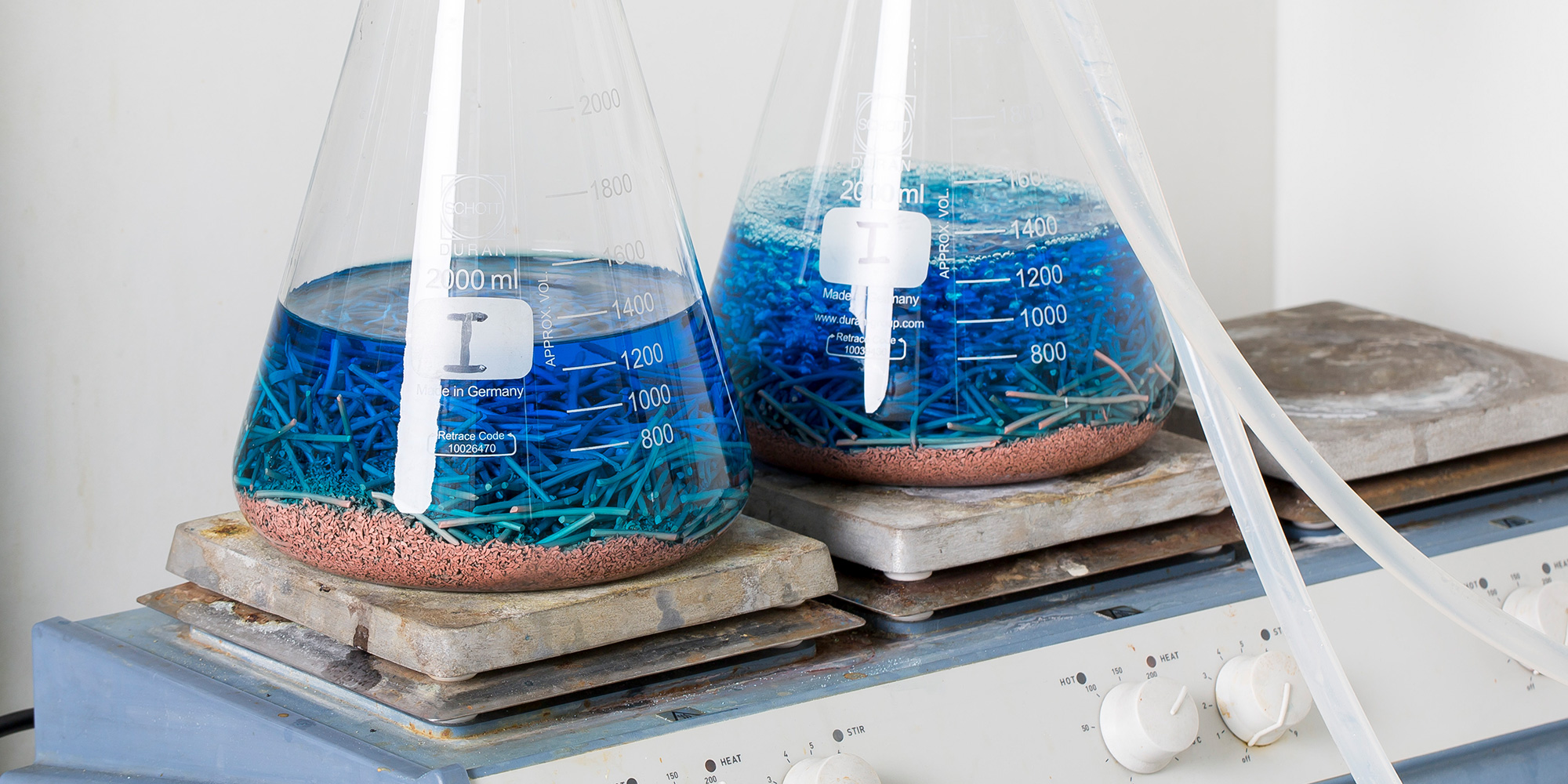JIS H8501 Accelerated Corrosion Testing of Aluminium
The JIS H8501 standard specifies a method for determining the resistance to atmospheric corrosion of aluminium and its alloys by means of accelerated testing. This service is critical in ensuring that materials used in the oil & gas sector meet stringent quality and reliability standards, particularly in corrosive environments.
Aluminium plays a crucial role in the oil & gas industry due to its excellent strength-to-weight ratio, corrosion resistance, and ability to withstand high temperatures. However, exposure to various environmental conditions can lead to accelerated corrosion, which is why this testing method is essential for quality control and ensuring long-term performance.
The JIS H8501 test involves exposing aluminium samples in a solution that mimics real-world atmospheric conditions over an extended period. This allows for the rapid assessment of the material's resistance to corrosion. The standard specifies detailed procedures, including the composition of the corrosive medium and the duration of exposure.
During this testing process, the specimens undergo various stages, starting with precise preparation per ISO 12944-7:2016, which ensures uniformity across tests. Once prepared, the samples are exposed to a salt solution that simulates atmospheric conditions under controlled laboratory settings. The test duration can vary depending on the desired outcome and the specific alloy being tested.
After exposure, the specimens undergo detailed analysis using non-destructive testing (NDT) methods such as visual inspection, X-ray fluorescence (XRF), and ultrasonic testing to assess any changes in surface characteristics or internal structure. The results are compared against baseline data to determine compliance with the JIS H8501 standard.
This accelerated corrosion testing method is not only essential for quality control but also plays a vital role in research and development (R&D) efforts aimed at improving material performance. By identifying potential weaknesses early, engineers can refine design processes and select materials that better withstand harsh environments.
Additionally, this test helps compliance officers ensure that their products meet regulatory requirements set by international standards like JIS H8501. This is particularly important in the oil & gas sector where equipment must operate reliably under extreme conditions without compromising safety or efficiency.
The use of JIS H8501 testing enhances the overall reliability and longevity of products used within this industry, ultimately contributing to safer operations and reduced maintenance costs.
Benefits
- Enhanced Quality Control: Ensures that only high-quality materials are used in critical applications.
- Informed Decision Making: Provides valuable data for R&D, helping to improve product designs and durability.
- Compliance Assurance: Meets international standards like JIS H8501, ensuring regulatory compliance.
- Cost Efficiency: Identifies potential issues early in the development cycle, reducing rework and delays.
The benefits of this testing method extend beyond just meeting compliance requirements. It also fosters innovation by providing insights into material behavior under specific conditions. This allows manufacturers to make informed decisions that can lead to product improvements and cost savings throughout their lifecycle.
Quality and Reliability Assurance
- Precision Instrumentation: Utilization of advanced equipment like scanning electron microscopes (SEM) and energy-dispersive X-ray spectroscopy (EDS) to analyze specimen surfaces post-test.
- Data Analysis: Comprehensive evaluation of corrosion rates, thickness changes, and other relevant parameters using statistical methods.
The reliability of the test results is ensured through rigorous quality control measures. Each step from sample preparation to final analysis adheres strictly to prescribed protocols outlined in JIS H8501. This guarantees consistent and accurate outcomes that can be trusted for decision-making purposes.
Our laboratory uses state-of-the-art facilities equipped with industry-leading technology, ensuring precise measurements and reliable data collection. The use of such sophisticated instruments allows us to capture even subtle changes resulting from the accelerated corrosion process, providing a thorough understanding of material behavior under specific conditions.
Competitive Advantage and Market Impact
- Innovation Leadership: Provides early insights into potential areas for improvement in product design or material selection.
- Strategic Decision Making: Enables companies to stay ahead of competitors by ensuring they are using the most robust materials available.
The implementation of JIS H8501 accelerated corrosion testing offers significant competitive advantages. By being able to identify and address potential issues early in the development process, organizations can develop more resilient products that perform better under challenging conditions. This not only enhances their reputation but also improves market position by offering superior quality products.
Furthermore, compliance with international standards like JIS H8501 is becoming increasingly important as regulations become more stringent across various industries. Companies that demonstrate a commitment to adhering to these standards gain an edge in the competitive landscape. They can leverage this testing method not only internally but also externally by showcasing it during tenders or client presentations, thereby increasing their chances of securing contracts.
The impact on market perception cannot be understated either. A proven track record of using reliable and robust materials builds trust among customers and stakeholders alike. This reputation translates into increased customer satisfaction and loyalty, ultimately leading to sustained growth in the business.





